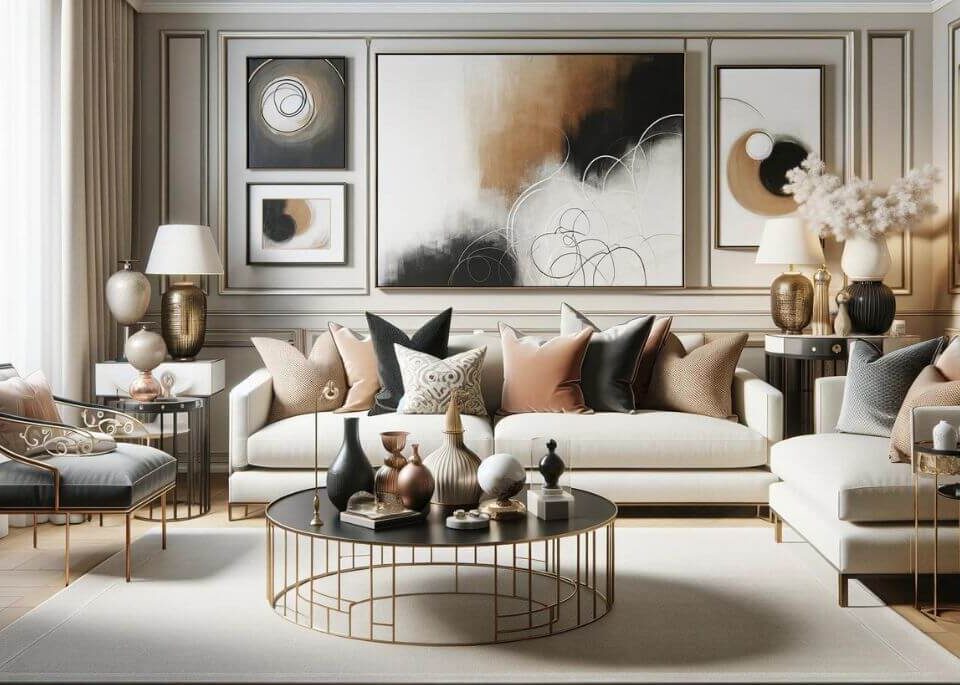
The Modernism Movement: Unpacking Art Deco and Bauhaus Influences
August 21, 2023
Roman Design: Timeless Concepts in Interior Design
August 26, 2023The Golden Age of Interior Design: The Renaissance
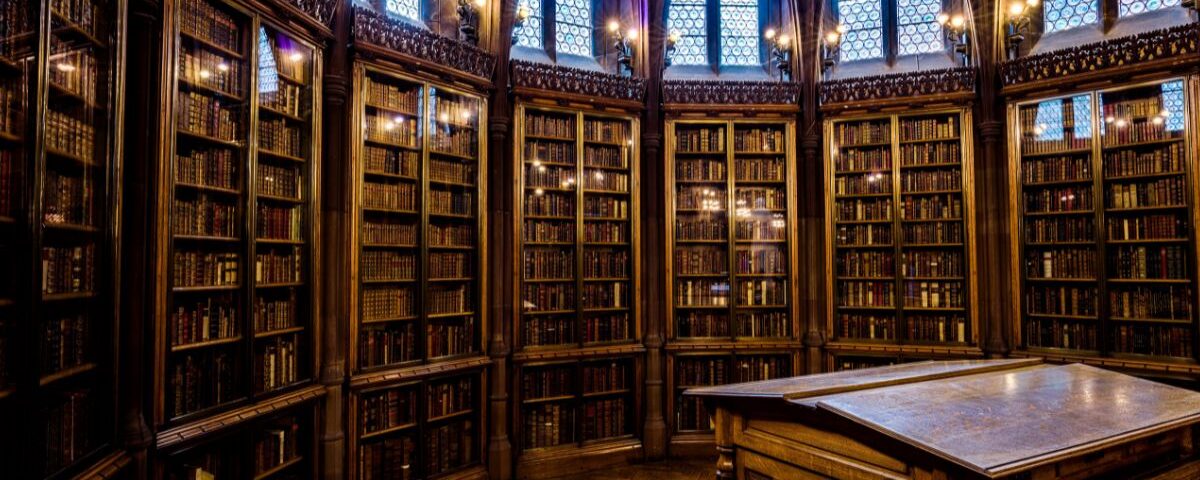
The world of design and decor is filled with inspiration from various periods, with none more influential than the Renaissance. A remarkable period of cultural and artistic rebirth, the Renaissance left an indelible mark on many aspects of society, particularly in the realm of interior design. In this article, we’ll delve into the richness of Renaissance Interior Design, understanding its essence, appreciating its grandeur and exploring how it continues to influence modern spaces.
Table of Contents
The Historical Context of the Renaissance
The Significance of the Renaissance
The Renaissance, translating to ‘rebirth’, was a period of renewed interest in art, culture and intellectual thought from the 14th to the 17th century, with its roots in Italy. This epoch marked the transition from the Middle Ages to modernity, shaped by humanist philosophy, the rediscovery of classical literature, and groundbreaking developments in art and science.
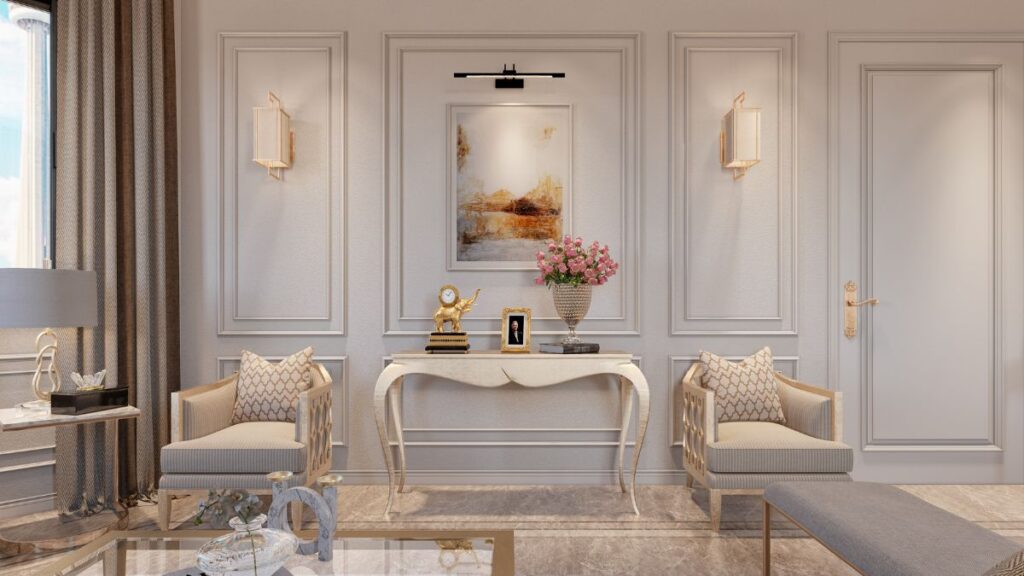
Key Characteristics of the Renaissance Period
During this era, there was a collective push towards individual expression, exploration and the pursuit of worldly pleasures. Art and design shifted away from the religious motifs of the Middle Ages, focusing instead on the celebration of human potential, natural beauty, and life’s luxuries.
Defining Renaissance Interior Design
Essential Elements of Renaissance Interior Design
Renaissance Interior Design is characterized by grandeur, symmetry, and balance, informed by the classical ideals of beauty and harmony. It exhibited a newfound love for opulence, with an emphasis on rich materials, intricate detailing and complex patterns.
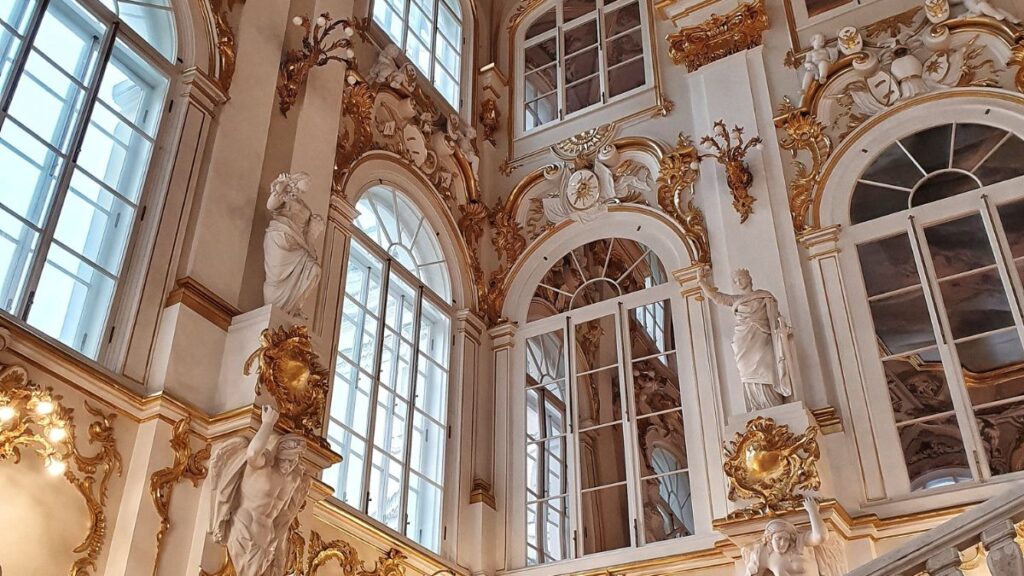
The Influence of Renaissance Architecture on Interior Design
Architectural elements such as columns, arches, and domes, borrowed from Roman and Greek antiquity, became prominent in interiors. Vaulted ceilings, ornate fireplaces, and large, rectangular windows were common, allowing for well-lit, spacious, and structured interiors.
The Role of Art in Renaissance Interior Design
Art played a vital role in defining the aesthetic of Renaissance interiors. Wall frescoes, detailed mosaics, and sculptures provided focal points, while tapestries added texture and warmth.
Renaissance Furniture and Its Impact on Interior Spaces
Furniture during the Renaissance period was substantial and ornately carved, often made from walnut or oak. Upholstery featured luxurious fabrics such as velvet and silk, with detailed patterns and deep, rich colors.
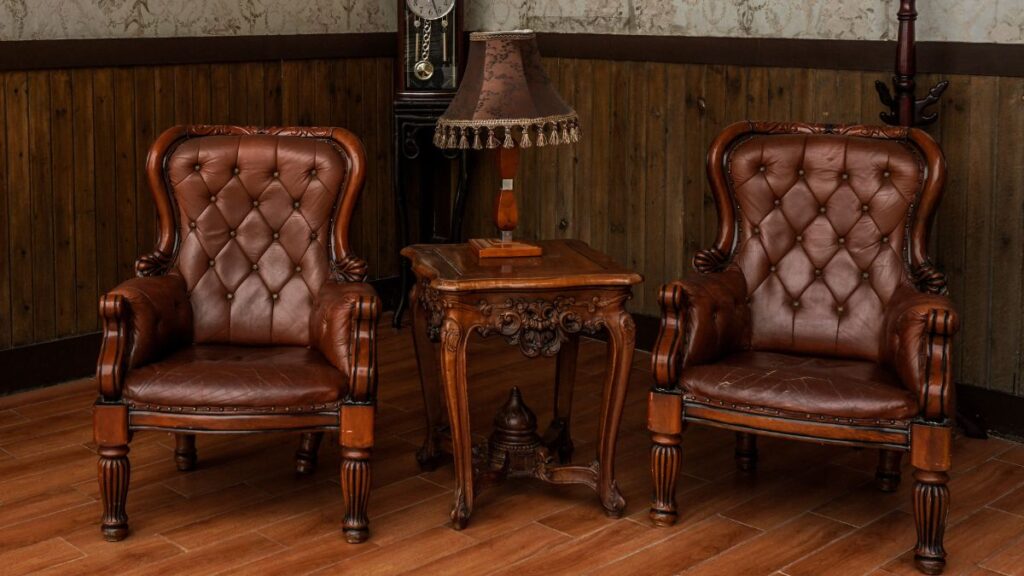
Use of Color and Textiles in Renaissance Interior Design
The Renaissance palette was rich and warm, with hues of red, gold, green, and blue dominating the interiors. Textiles were lavishly used, with tapestries, rugs and heavy drapes adding to the overall opulence.
The Importance of Symmetry in Renaissance Interior Design
Symmetry was a crucial aspect of Renaissance interior design, echoing the period’s fascination with balance and order. This sense of symmetry was reflected in the arrangement of furniture, the placement of doors and windows, and the organization of architectural elements within a space.
The Renaissance Influence on Modern Interior Design
Even in the 21st century, the impact of the Renaissance can be seen in modern interior design. Classic architectural features, ornate details, and rich color palettes are common elements in modern spaces that draw inspiration from the Renaissance.
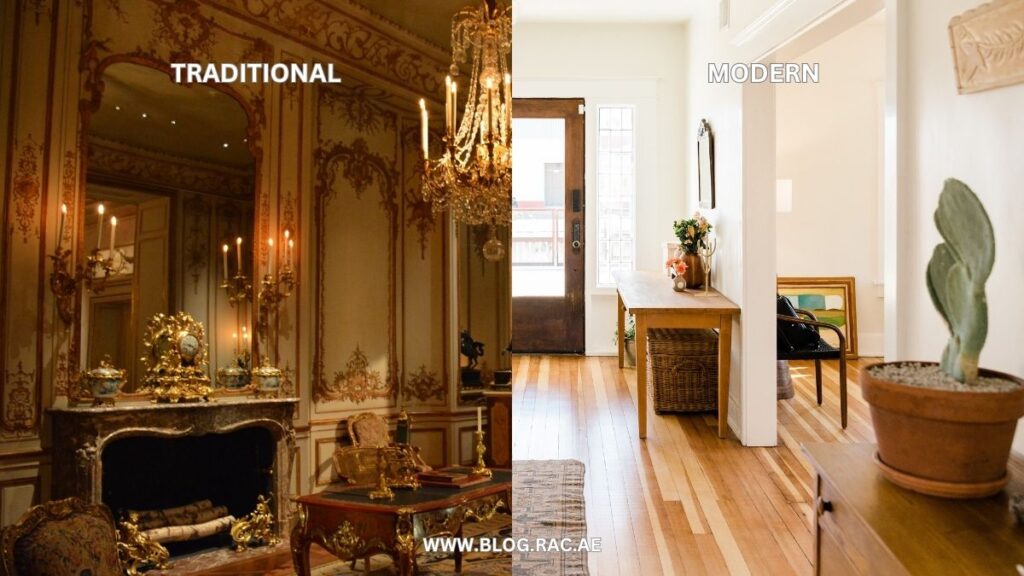
How to Incorporate Renaissance Interior Design in Modern Homes
Choosing the Right Furniture
Replicas of Renaissance furniture, with their characteristic carvings and ornate details, can serve as statement pieces in modern homes. Opt for high-backed chairs, elaborately carved tables, or large, wooden cabinets.
Selecting Appropriate Art Pieces
Art was a crucial element in Renaissance homes and this tradition can be honored by featuring period-inspired art in your home. Frescoes, tapestries or even replicas of famous Renaissance paintings can add a touch of historic sophistication to modern spaces.
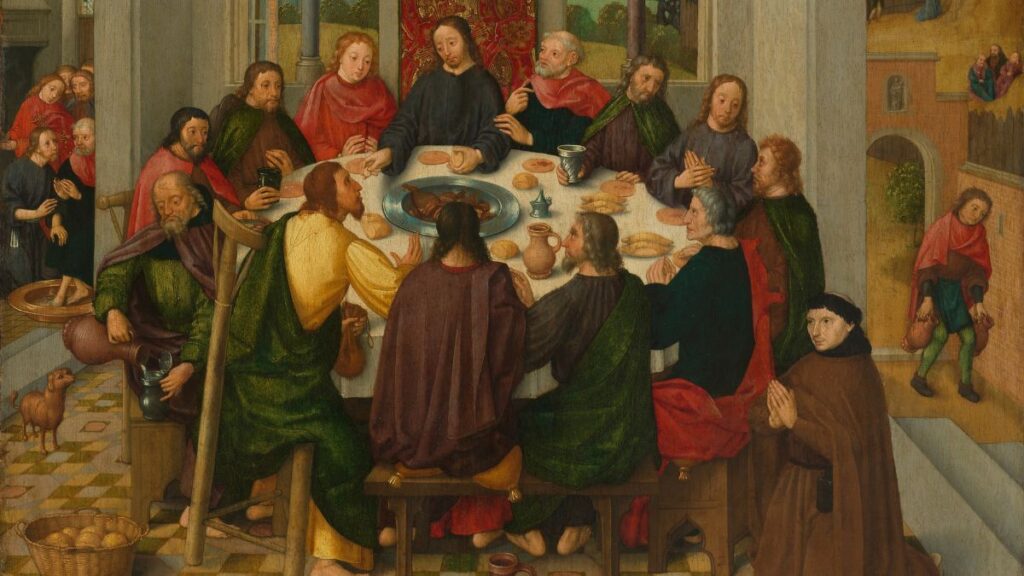
Opting for Rich Colors and Textures
A rich, warm color palette, inspired by the Renaissance, can add depth and luxury to any room. Similarly, using opulent fabrics for upholstery or curtains can create a sense of historic grandeur.
Maintaining Symmetry in Room Layout
Incorporating the Renaissance principle of symmetry into a modern room layout can create a balanced, harmonious space. This can be achieved through the thoughtful placement of furniture and decor items.
The Enduring Appeal of Renaissance Interior Design
The Renaissance period, with its emphasis on beauty, balance and grandeur, continues to be a rich source of inspiration for modern interior design. The enduring appeal of Renaissance interior design lies in its ability to combine opulence with elegance, sophistication with comfort and historic grandeur with timeless appeal.
Key Takeaways: The Lasting Influence of Renaissance Interior Design
Renaissance interior design, characterized by its emphasis on grandeur, symmetry, and classical beauty, remains a profound influence on modern interiors. The period’s use of rich materials, intricate detailing, and complex patterns continues to inspire contemporary spaces. The importance of symmetry and balance, central to Renaissance design, is echoed in modern interiors, creating harmonious and elegant environments. By incorporating elements like rich color palettes, ornate furniture, and period-inspired art, modern designers can evoke the timeless appeal and sophistication of the Renaissance.
Conclusion
Renaissance interior design captures the essence of a time when art, culture and intellectual thought were celebrated. Its principles of symmetry, balance, and beauty continue to resonate with modern designers, who incorporate these elements to create spaces that are both luxurious and comforting. Understanding and appreciating Renaissance interior design allows us to better comprehend its ongoing influence in our modern world.
FAQs
1. What colors are typical of the Renaissance palette?
The Renaissance palette is characterized by rich and warm hues, including shades of red, gold, green, and blue. These colors add depth and luxury to interiors, reflecting the opulence of the period.
2. How can I incorporate Renaissance design elements in a small space?
Even in smaller spaces, elements like symmetrical layouts, rich color palettes, and smaller replicas of Renaissance furniture or art can be used to evoke the era’s aesthetic.
3. What colors are typical of the Renaissance palette?
Renaissance colors were generally rich and warm, with a strong emphasis on reds, golds, blues, and greens.
4. How is Renaissance design different from Gothic design?
Gothic design, prevalent before the Renaissance, is characterized by its darker color palette, religious motifs, and more ornate, intricate designs. In contrast, Renaissance design is lighter, more balanced and inspired by classical ideals of beauty.
5. Can Renaissance design be blended with other design styles?
Yes, many modern interiors successfully combine Renaissance elements with other styles, creating a unique blend of old and new.
6. Why is symmetry so important in Renaissance design?
Symmetry was valued during the Renaissance as it represented balance and harmony, ideals that were central to the cultural and philosophical beliefs of the period.
7. What defines Renaissance interior design?
Renaissance interior design is defined by its grandeur, symmetry, and balance, influenced by classical ideals of beauty and harmony. It features rich materials, intricate detailing, complex patterns, and architectural elements such as columns, arches, and domes.
8. How can I incorporate Renaissance design elements in a small space?
Even in smaller spaces, you can evoke the Renaissance aesthetic by using symmetrical layouts, rich color palettes, and smaller replicas of Renaissance furniture or art. Opt for high-backed chairs, carved tables, or tapestries to add a touch of historic sophistication.
9. How is Renaissance design different from Gothic design?
Gothic design, which preceded the Renaissance, is known for its darker color palette, religious motifs, and ornate, intricate designs. Renaissance design, on the other hand, is lighter, more balanced, and inspired by classical ideals of beauty, focusing on human potential and natural beauty.
10. Can Renaissance design be blended with other design styles?
Yes, modern interiors often blend Renaissance elements with other styles, creating unique and eclectic spaces. Combining classic architectural features, rich colors, and ornate details with contemporary furnishings can result in a harmonious blend of old and new.
11. Why is symmetry so important in Renaissance design?
Symmetry was crucial during the Renaissance as it represented balance and harmony, which were central to the cultural and philosophical beliefs of the period. This principle is reflected in the arrangement of furniture, the placement of doors and windows, and the overall organization of space.
12. What role did art play in Renaissance interior design?
Art was a vital component of Renaissance interiors, with wall frescoes, detailed mosaics, and sculptures serving as focal points. Tapestries added texture and warmth, contributing to the overall opulence of the design.
13. How did Renaissance furniture impact interior spaces?
Renaissance furniture was substantial and ornately carved, often made from walnut or oak. Upholstery featured luxurious fabrics like velvet and silk, with detailed patterns and deep, rich colors, enhancing the grandeur of interior spaces.
14. How does Renaissance design influence modern interior design?
Renaissance design continues to influence modern interiors through the use of classic architectural features, rich color palettes, and ornate details. Elements like symmetry, balance, and a focus on beauty and harmony are often incorporated into contemporary spaces.
15. What are some iconic examples of Renaissance architecture?
Iconic examples of Renaissance architecture include the palazzi and cathedrals of Florence, Rome, and Venice. These structures are known for their use of classical elements like columns and arches, as well as their balanced and symmetrical designs.
Explore the groundbreaking movements of the 20th century with our article on The Modernism Movement: Unpacking Art Deco and Bauhaus Influences, where we dissect the revolutionary design philosophies that continue to influence contemporary interiors.

